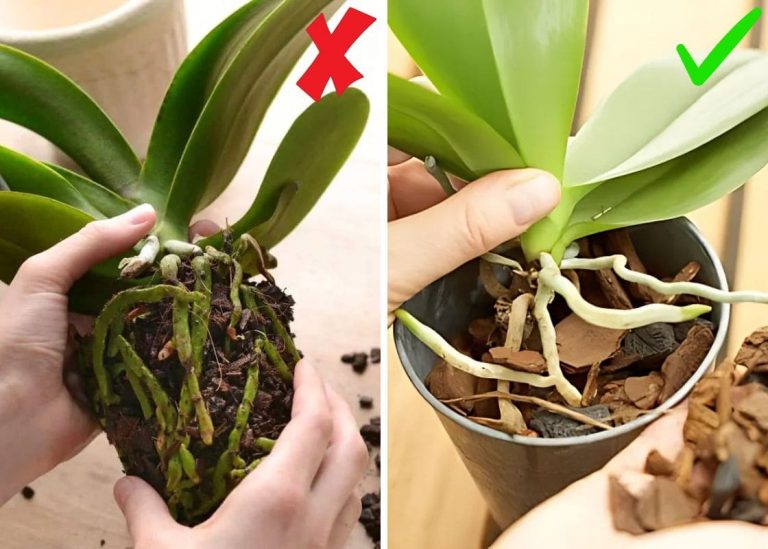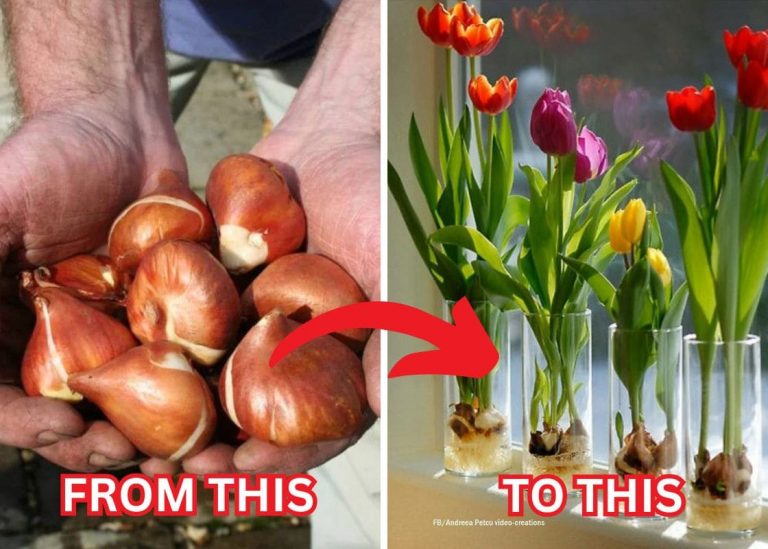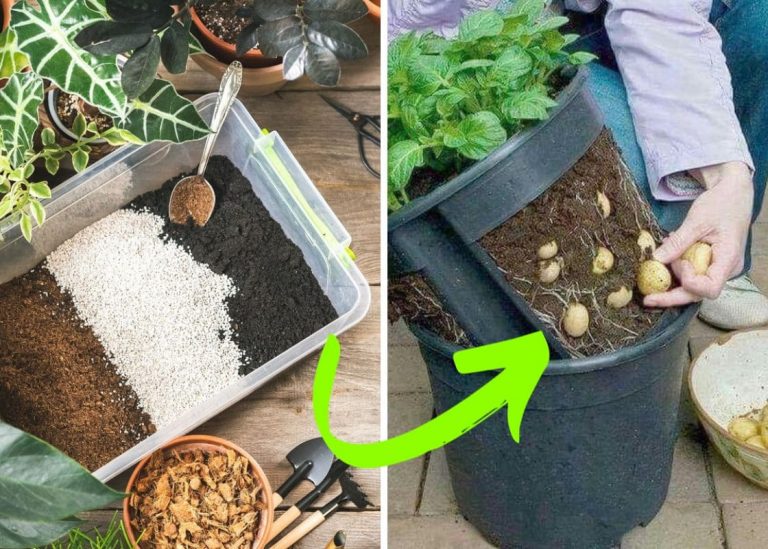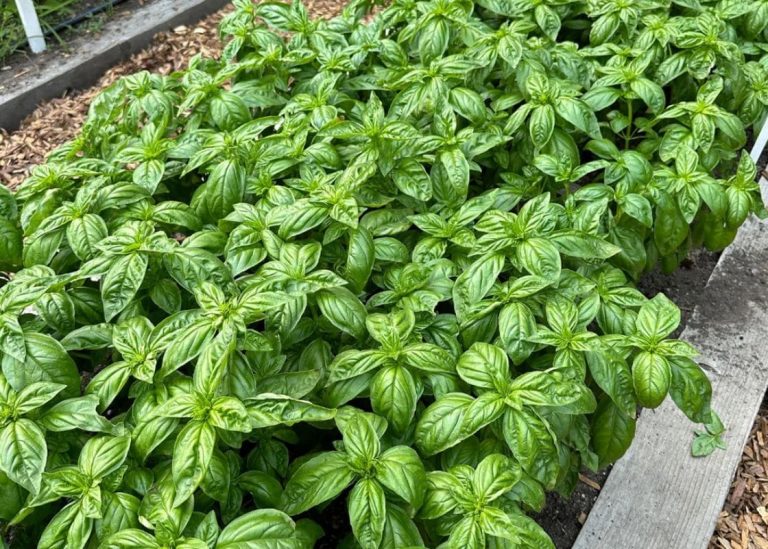How to Create a Garden for Mental Health and Relaxation
A few years ago, after having our third baby, I found myself in a season of quiet overwhelm. The kids were thriving, my husband was endlessly supportive, and life looked beautiful from the outside. But inside, I felt stretched thin—like a wire pulled too tight. The to-do lists grew longer, and the days somehow shorter, and I began waking up already tired.
One late afternoon, I stepped outside just to breathe. Our garden was in that early spring state—bare branches, half-dead leaves, and wild tufts of green pushing through the soil. The mess didn’t bother me. Actually, it felt… welcoming. So I knelt down, pulled a handful of weeds, and felt something shift. The silence, the scent of damp earth, the texture of soil between my fingers—it anchored me. It didn’t solve everything, but it gave me space. A place to be still, without needing to do anything.
That was the beginning of what I now call my “mental health garden.” A place not just for planting—but for pausing. Over time, I’ve designed spaces in my garden that calm the mind, lift the spirit, and remind me to simply exist for a moment. And I’ve realized that with just a few thoughtful choices, anyone can build a garden that supports their emotional well-being.
If you’re longing for a space that helps you breathe a little deeper and smile a little softer, let’s talk about how to create a garden that soothes the soul.
Start with What Makes You Feel Safe
Before digging or planning, pause and ask yourself: What does comfort feel like to me? Is it a shaded bench under a tree? The scent of rosemary? The sound of wind rustling tall grasses?

For me, it was soft spaces—gentle shapes, quiet corners, and colors that didn’t scream for attention. I carved out a crescent-shaped bed near the fence and filled it with lavender, lamb’s ear, and sage. These plants weren’t flashy, but they comforted me with their softness, fragrance, and familiarity.
Tips to consider:
-
Choose a spot with natural shade or partial sunlight to avoid harsh glare.
-
Use plants with soft textures and soothing scents (lavender, chamomile, thyme, jasmine).
-
Include a seating spot—a wooden bench, a hammock, or even a big flat stone.
Real-life note: One of my readers created her calm space with just three potted herbs and a chair under a pergola—and it became her favorite place to journal every morning.
Use Calming Colors That Speak Softly
Color has such a powerful impact on how we feel—some tones energize, while others invite quiet and calm. I didn’t realize how much I craved softness until I replaced a row of bright annuals with a palette of silvers, greens, and soft purples. The difference was instant. I found myself lingering longer, breathing deeper.
Calming colors don’t need to be boring. They’re just… gentle. They invite peace rather than demand attention. Think about shades you associate with peace—maybe misty blue, dusty rose, or sage green.
Ideas to explore:
-
Soft green foliage like hosta or ferns adds depth without harsh contrast.
-
Pale blue blooms like forget-me-nots or bluebells soothe the eyes.
-
Silvery plants like artemisia or lamb’s ear catch the light beautifully.
-
White flowers—especially at dusk—glow softly and add purity to the space.
I once visited a friend’s moon garden planted entirely in whites and grays. At sunset, it glowed like it was lit from within. She told me it helped her through a hard year. “I could sit there at night,” she said, “and feel like I was in another world.”
Add Movement and Sound for a Living Rhythm
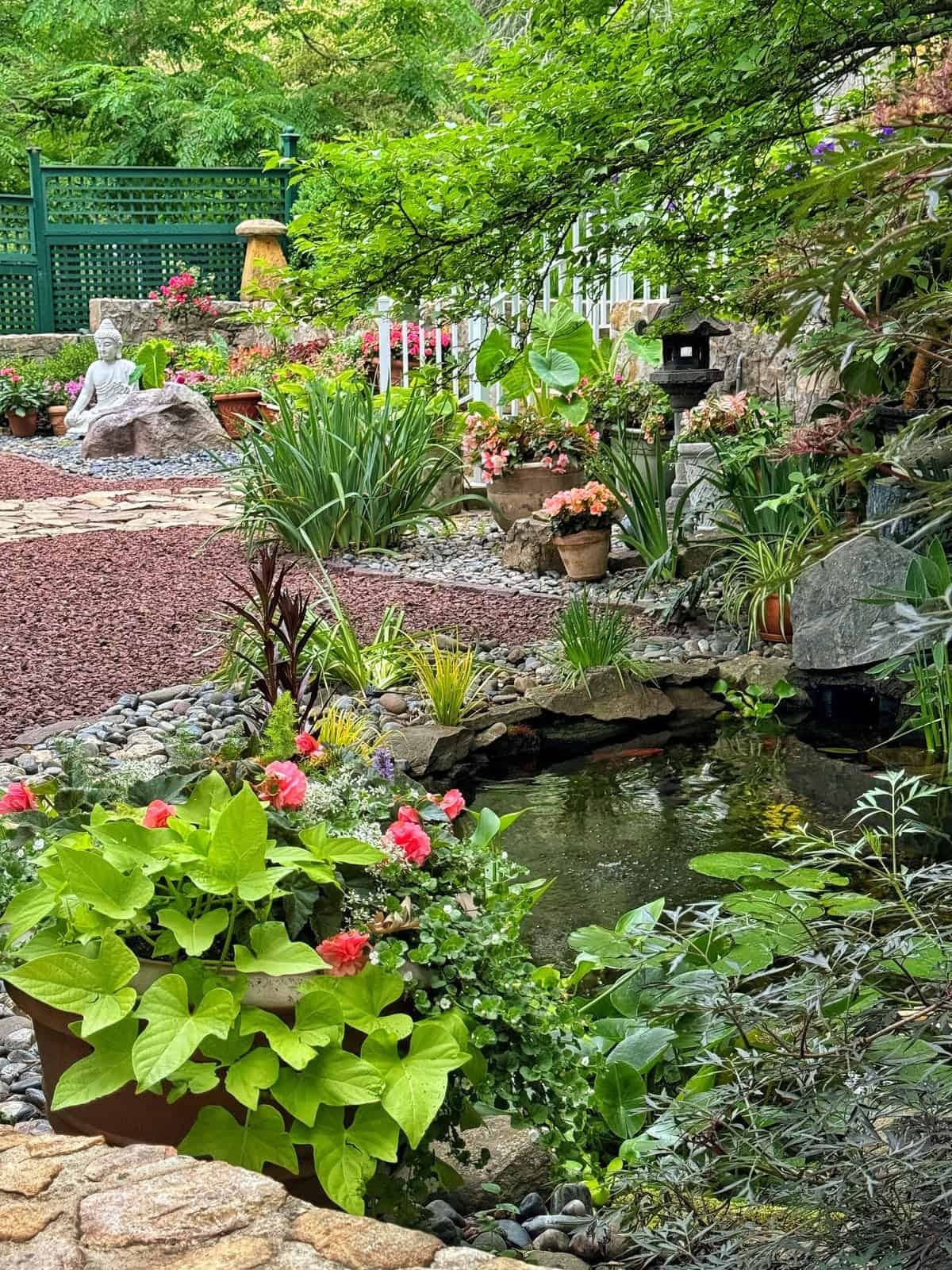
There’s something magical about a garden that hums, sways, or trickles. I never planned for sound in mine—but after hanging an old wind chime from my grandmother’s porch, it became one of my favorite things. The soft clink in the breeze brought back memories and grounded me in the present, all at once.
Movement, too, brings life. Grasses swaying, leaves rustling, bees buzzing. These are the rhythms of peace.
Ways to introduce soothing sound and movement:
-
Plant ornamental grasses like fountain grass or maiden grass that sway gracefully.
-
Add a small fountain or birdbath—flowing water naturally calms the mind.
-
Hang chimes made from bamboo, shells, or metal for a gentle melody.
-
Let some seedheads stand tall—the wind will play them like an instrument.
Memory tip: My daughter once planted dill and said it “danced” in the wind. I still call that corner the “dancing garden.”
Create Winding Paths that Encourage Wandering
Not every garden needs straight lines. In fact, some of the most restorative spaces I’ve seen are the ones that gently meander—just like our thoughts sometimes do. A winding path invites slowness. It gives you permission to wander, pause, observe.
When I designed the path through my back garden, I curved it slightly around the lavender bed. It was a small shift, but it changed everything. Now, even walking to the compost feels like a moment of peace.
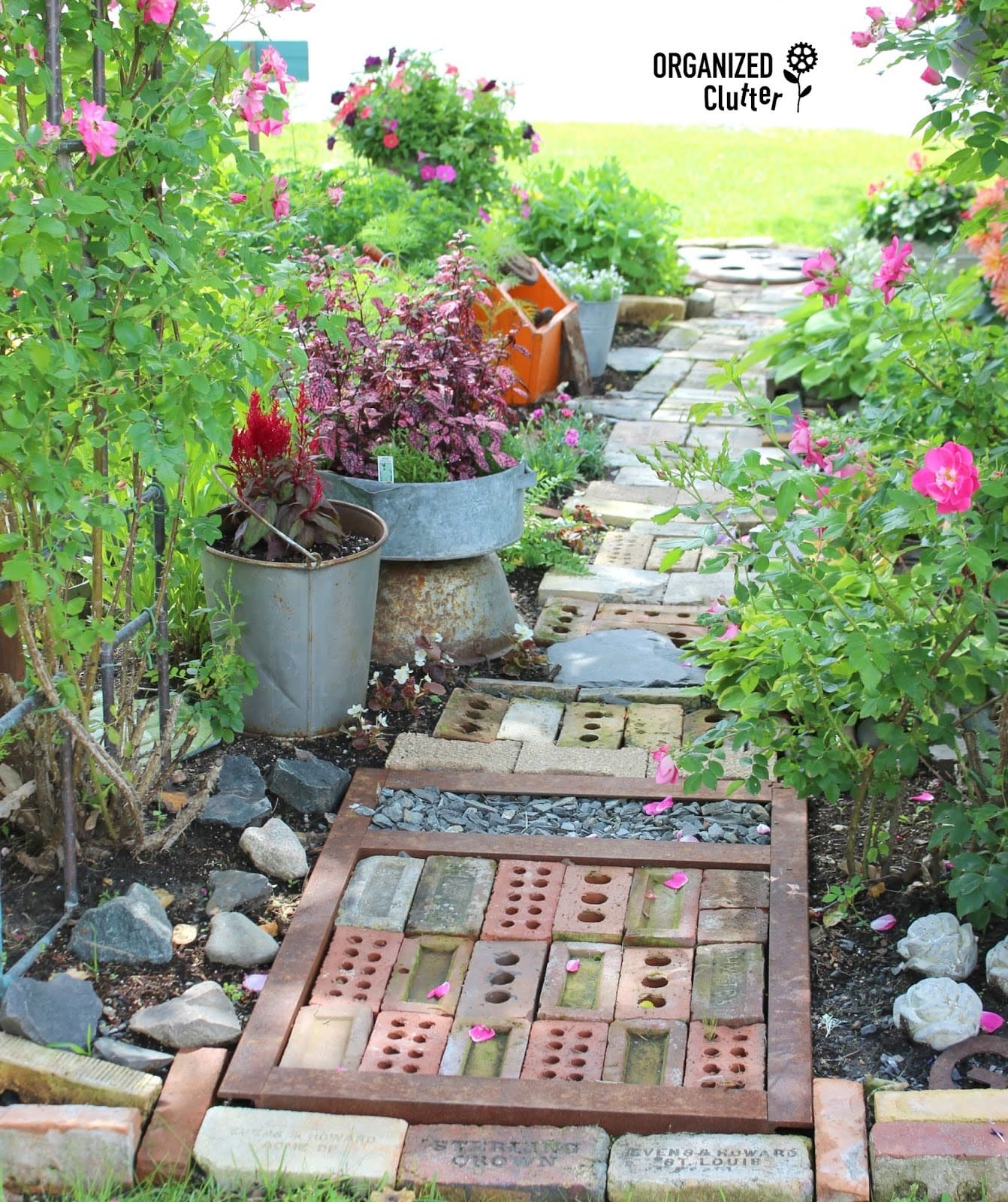
Ideas for relaxing pathways:
-
Use stepping stones spaced irregularly to slow your stride.
-
Line paths with moss, thyme, or low-growing herbs for a fragrant walk.
-
Add a visual destination—a bench, sculpture, or tree—to draw you in softly.
-
Avoid hard angles or overly straight lines—let the path feel discovered.
Note: Don’t worry about symmetry. In this space, imperfection feels more human, more alive.
Include a Place to Sit and Just Be
We spend so much time doing in the garden—digging, weeding, watering, pruning. But I’ve learned over the years that a healing garden also needs space for not doing. A place to sit and simply exist with the plants. To listen. To breathe. To rest.
I built a small wooden bench under our plum tree one spring, half out of necessity and half from a longing to slow down. That bench has seen quiet tears, belly laughs, nursing babies, and many cups of tea. It’s a part of the garden now, weathered and warm.
What to include for your restful space:
-
A bench, chair, swing, or even a cozy cushion on a flat rock—whatever feels inviting to you.
-
Place it where you get dappled light or a view of your favorite plantings.
-
Surround it with scent—lavender, rosemary, mint, or scented geraniums are my go-tos.
-
Tuck a journal nearby or keep a blanket close if you’ll be sitting in the cool of the morning or evening.
Note: This doesn’t have to be grand. Some of my most peaceful moments happened sitting on a wooden crate beside the tomatoes, hands still covered in dirt.
Grow Plants That Heal and Comfort
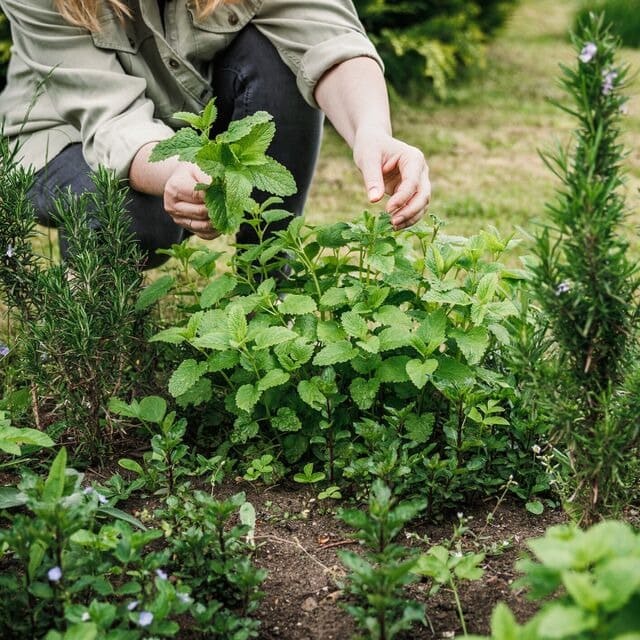
There’s something deeply soulful about tending to herbs and flowers that have healing properties. It connects us to something older, wiser—something that existed long before self-care became a buzzword. My garden’s small apothecary corner has become my favorite spot to tend.
These plants are not just beautiful—they carry stories, remedies, and gentle power.
Some of my favorites for emotional comfort:
-
Lavender – for calming anxiety and promoting sleep
-
Chamomile – tiny white blooms for tea and tension relief
-
Lemon balm – uplifting, citrusy scent that eases the heart
-
Mint – clears the mind and revives your spirit
-
Calendula – bright, golden, and healing inside and out
I remember harvesting chamomile with my oldest daughter, carefully picking the tiny blossoms together into a wooden bowl. We made tea and called it “sunshine in a cup.”
Tip: Dry your herbs and keep a jar on your kitchen shelf. It’s like bottling the calm of the garden to use when the world feels heavy.
Final Thoughts: A Garden That Holds You
A garden can be many things—productive, wild, ornamental. But it can also be a sanctuary. A place that doesn’t ask anything of you but presence. That’s what my mental health garden became. Not a cure, but a comfort. Not a retreat from life—but a return to myself.
You don’t need perfection. You don’t even need a lot of space. All you need is a patch of green, a breath of quiet, and the intention to grow something that gives back to you—not just in flowers or leaves, but in feeling.
So take that first step. Pull a weed. Plant a sprig of lavender. Sit in the shade with a cup of tea and let your garden remind you: you are rooted, you are held, and you are allowed to rest.
And if you ever need someone to cheer you on, know I’m just one garden gate away.

